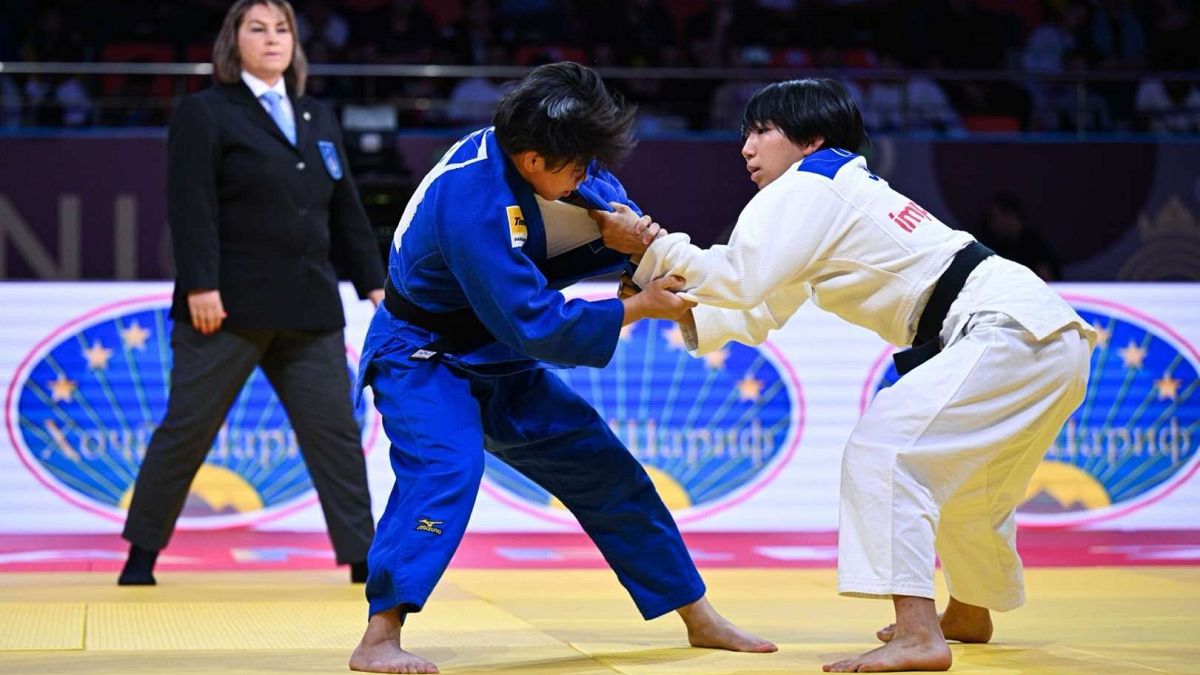Hong Kong’s West Kowloon cultural district: a must for art enthusiasts

From Cantonese Opera to auctions of some of the best contemporary art collections… Discover Hong Kong’s booming art and cultural scene in the West Kowloon district.
Built on reclaimed land in Victoria Harbour and stretching across 40 hectares, Hong Kong’s new West Kowloon cultural district is one of the largest and most ambitious cultural projects in the world. It is also a hub for art-related businesses, where auction houses such as Phillips established their new headquarters.
Xiqu Centre: the new home of Cantonese opera
Located on the eastern tip of the district, enticing visitors with its stage curtain-like entrance is the Xiqu Centre. Opened in 2019, this striking, architectural building is the new home of Cantonese opera.
The structure boasts a Grand theatre which can seat up to 1,073 people as well as a more ‘intimate’ Tea House theatre. It was designed in the style of Hong Kong’s early 20th-century tea houses and home to the signature Tea House Theatre Experience — a narrated performance of Cantonese opera excerpts perfect for new audiences.
The centre not only hosts magnificent theatrical performances but also film screenings, workshops, symposiums and the annual Chinese Opera Festival.
Cantonese opera: modernising the scene of an ancient art
Chinese opera is an art form that is thousands of years old. It is considered to have begun in the Tang dynasty under Emperor Ming Huang (712-755) who created the country’s first theatrical troupe; the Pear Garden.
The exact origins of Cantonese opera, also known as ‘Guangdong Drama,’ are under debate but can be traced back to the 16th-century Ming Dynasty, under the reign of Emperor Jiajing (1522-1566). It is believed the art form developed in the Guangdong province during the Song Dynasty in the 12th century.
According to the City University of Hong Kong%20of%20the%20Ming%20Dynasty.), “It is a blend of different operatic styles, such as the Yiyang and Kun tunes of the Ming Dynasty, the Xiqin and Han Opera of the early Qing Dynasty, the regional operas from the provinces of Jiangsu, Henan, Anhui, Hunan, Hebei and Guangxi as well as the local Guangdong music and its tradition of telling stories through song.”
One of the key differences between Chinese and Cantonese opera is language: Chinese opera is usually performed in Mandarin while the other style is performed in Cantonese, the dominant language spoken in Hong Kong.
In 2009, Cantonese opera was listed as a UNESCO Intangible Cultural Heritage of Humanity.
But a magnificent opera house is not all that the West Kowloon district has to offer. Art enthusiasts and collectors also can conduct business here.
Developing the art business in West Kowloon
Asia-Pacific is a leading force in the global art trade. Easy travel, world-class infrastructure, and a freeport for artwork make Hong Kong a strategic ‘must’ for any art business.
The global auctioneer Phillips – based here since 2015 – made a move to expand its footprint in the region, by establishing its new headquarters in the district in the spring of this year.
“_We’ve chosen to be here in West Kowloon, which is without question one of the leading cultural districts in the world, with the M+ Museum literally just ten metres across the way, the Hong Kong Palace Museum here on our doorstep because it adds beautiful synergies between the museum side and the commercial side,_” explains Jonathan Crockett, Chairman of the Phillips auction house.
The new Asia HQ features over 52,000m2 over six floors, all to exhibit and trade some of the best contemporary art.
Phillips is the first auction house in Hong Kong to have a permanent purpose-built exhibition space with a salesroom, offices, café and VIP lounge, allowing for year-round events and auctions for fine art collectors.
Projecting excitement across the vibrant Asian art community, Hong Kong is fast cementing its reputation as a global art hub, blending contemporary and traditional.
Source: Euro News














